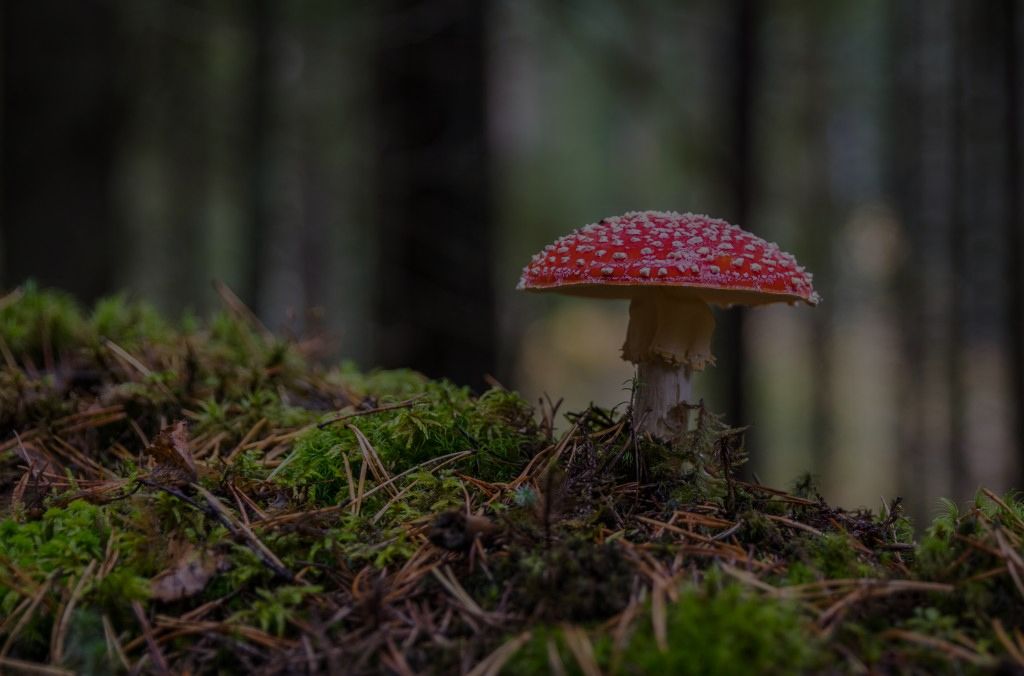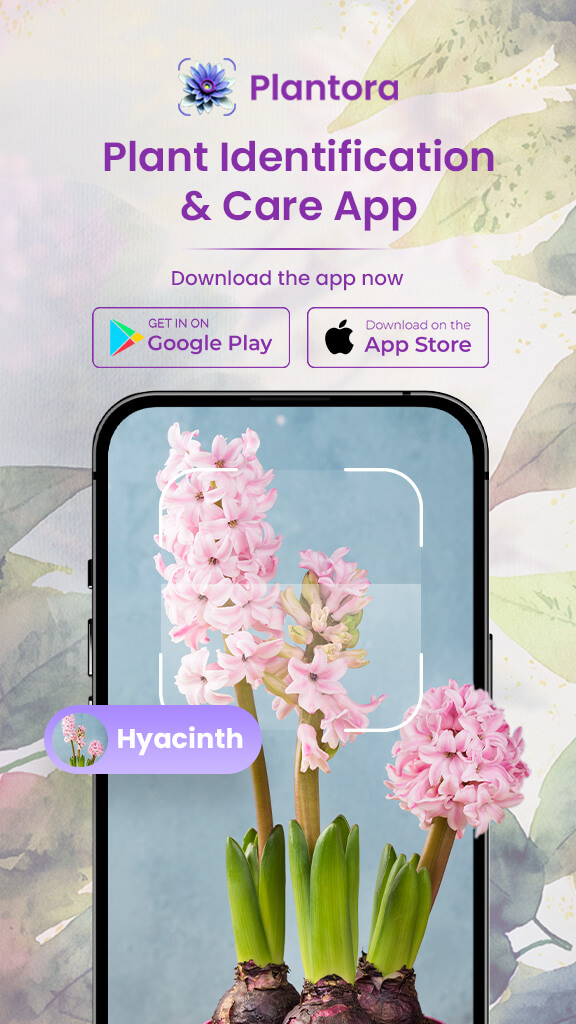
Mushrooms are one of the most well-known plant species in the world and are used for various purposes mainly in food items. However, all mushrooms are edible even if they look similar which makes it hard to identify mushrooms.
The inaccurate identification of mushrooms can make one sick and even result in death due to the toxins they contain. Therefore, it is important to know how to properly identify mushrooms to stay on the safer side. In this article, we’ll share some tips to help you easily identify mushrooms that you might come across.
Identify Mushrooms: Basics
To accurately identify mushrooms, we first need to get familiar with the anatomy of mushrooms. Therefore, to identify mushrooms quickly, knowing how a mushroom looks and noticing its key features is key, so let’s have a look at some parts of mushrooms.
The Cap:
The cap, also known as the pileus, is the most striking part of the mushroom therefore, it makes them an important part to identify mushrooms. Different varieties of mushrooms have different types of caps each featuring various array of colours, textures, and patterns. Moreover, caps can have other shapes such as flat, round, convex, bell-shaped, and many more.
Gills or Pores:
Beneath the cap, you’ll find gills or pores that play an important role in the reproduction process of mushrooms. Gills are sharp, blade-like structures that grow outwards from the stem. Pores are tiny openings which are arranged in a pattern under the cap. To identify mushrooms knowing the pattern and the attachment of these gills and pores is an important part.
The Stem:
The stem, or stipe, supports the cap of the mushroom. It is often of a different texture and colour from the cap. This different orientation of the stem helps one to identify mushrooms.
The Ring or Annulus:
Some mushrooms have ring-like structures on the stem which is a remnant of a veil that covers the gills of young mushrooms. Once the mushroom matures this veil breaks leaving behind just the annulus. To identify mushrooms the presence, absence, and appearance of these rings matter a lot.
Volva:
Just like Annulus, not all mushrooms have a volva. These are small sap-like structures that are present at the base of the stem often buried in the soil. To identify mushrooms, the shape, size, colour, and texture of the volva are essential.
Identify Mushrooms Through Spore Colours:

The colour of the spores present on mushrooms can tell a lot about the nature of the mushrooms and whether they are edible or not. And to check the print and colour of these spores or gills is easy.
- Gently detach the cap from the mushroom.
- Place the cap with its gills or pores facing down on a clean piece of white paper or a glass surface.
- Cover the cap with a jar or bowl and leave it undisturbed for some hours or overnight.
After lifting the cap, you’ll find that the pattern is imprinted on the surface. This pattern is vital to identify mushrooms as different mushrooms can have spores with colours varying from white or cream to black, brown, and shades of purple and pink. Now let’s have a look at what different spore colour means:
- White or Cream- Many edible mushrooms have spores of these colours, for example, Button mushrooms and oyster mushrooms.
- Black- Mushrooms with black gills are often toxic and not safe for consumption.
- Brown- Though many edible mushrooms fall under this category, solely relying on them is not a good idea, as many toxic mushrooms share these characteristics.
- Pink, Red, or Purple- It is better to avoid any mushroom with these colours of gills. Though not all mushrooms with pink, red, or purple-coloured gills are toxic, most of them still are.
Even though the colour of the gills/pores tells a lot, just relying on this single information would not be helpful to identify mushrooms.
Visual Examination to Identify Mushrooms:

Now that we have covered the appearance of mushrooms, let’s have a look at how you can conduct a visual examination of any mushroom that you may come across:
- Inspect the cap: Note whether the cap is smooth, scaly, slimy, or warty.
- Check the Stem: Notice the shape, size, colour, and texture of the stem. Also, note if there’s a ring or a cup-like structure around the stem.
- Count the Gills or Pores: Count the number of gills/pores that are present on the underside of the cap. Also, notice the structure, pattern, and colour of the pores.
- Note the Odour and Taste: Be careful while performing this experiment, and don’t taste the mushroom if you are not 100% sure that it is safe. You can note the odour of the mushrooms; most edible varieties have an aromatic fragrance.
Common Do’s and Don’ts:

There are many factors involved in identifying mushrooms that can be hard to remember or notice, especially for beginners. So here are some dos and don’ts that you can keep in mind, and that can be helpful to identify mushrooms.
Do’s and Don’ts:
- Choose mushrooms without white gills because even though many edible mushrooms fall in this category, the most poisonous mushroom family- Amanitas- also have white gills.
- Don’t select mushrooms with red parts. Choose mushrooms with brown or tan stems or caps. Red is the natural indicator used by mushrooms to alert predators, including us. This is a common practice to identify mushrooms.
- Don’t select mushrooms with dark-coloured spots or patches on the cap. Many poisonous mushrooms have scaly spots in dark shades.
- Consider using two baskets while foraging for these edible Use one basket for mushrooms you believe are 100% safe, and the other for the ones with doubt.
- Identify mushrooms with no rings on the stem. Many toxic mushrooms have rings or annuli on the stems.
These are some common practices that you should ensure to identify wild mushrooms. But keep in mind that just following these checks can not guarantee the safe consumption of any mushroom.
Some Common Edible Mushrooms:
There are many varieties of edible mushrooms present that have been identified and confirmed safe for consumption. So let’s check out some common edible varieties of mushrooms and how you can identify them.
Chanterelle (Cantharellus spp.)

These mushrooms have bright yellow or orange caps and do not feature spores or gills. They are often found in forests and have a fruity aroma. To identify wild mushrooms such as chanterelles, notice the colour of the cap, the solidity of the stem, and their distinct aroma. Moreover, these mushrooms are often found near hardwood and conifer trees.
Morel Mushrooms (Morchella spp.)

Morel mushrooms are commonly grown for their delicious, meaty, or earthy flavor. These mushrooms have a distinct honeycomb-like appearance. You can grow morel mushrooms at home, but their care routine is a bit tricky, as you’ll need to replicate their natural habitat.
Button Mushrooms (Agaricus bisporus)

To identify mushrooms, notice these key things in their appearance: small and spherical caps with brown and white scales, dark brown gills on mature mushrooms, while pink on the young ones, and white stems with a ring. Button mushrooms are usually found in grassy areas, lawns, or in woods.
Oyster Mushrooms (Pleurotus spp.)

These mushrooms have oyster-shaped caps, which are usually white or brown in colour, hence the name. Oyster mushrooms are found on dead wood such as tree logs or stumps. And they are famous for their delicious flavour.
Conclusion
Foraging for mushrooms is a difficult task, as not everyone knows how to identify mushrooms. There are a lot of things that one needs to consider to identify mushrooms. Also, it is recommended that you never consume any mushroom variety without complete inspection and certainty that it is safe to eat. It is important to have expert guidance if you feel even a little doubt, as consuming toxic mushrooms can trigger many allergic reactions, cause sickness, and even result in death.
Raghav is a talented content writer with a passion to create informative and interesting articles. With a degree in English Literature, Raghav possesses an inquisitive mind and a thirst for learning. Raghav is a fact enthusiast who loves to unearth fascinating facts from a wide range of subjects. He firmly believes that learning is a lifelong journey and he is constantly seeking opportunities to increase his knowledge and discover new facts. So make sure to check out Raghav’s work for a wonderful reading.








